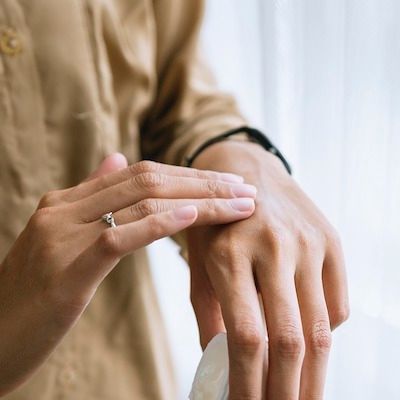News
Article
Anemia Impacts Dependence in Daily Activities of Living for Older Women
Author(s):
An investigation into basic and instrumental activities of daily living in older female patients found greater reliance in those with anemia.
Credit: Danie Franco/Unsplash

A new study investigated the correlation between anemia and basic activities of daily living in older female patients, finding every 1 of 3 women presented to an outpatient clinic with the blood disorder.1
Analysis showed these women were typically older and had a higher incidence of comorbid diseases—the presence of anemia was linked to dependence in basic and instrumental activities of daily living, including cognitive dysfunction and malnutrition.
“However, anemia is associated with decreased functionality and increased falls, which is independent of all these factors…therefore, older women should routinely be tested for anemia,” wrote the investigative team, led by Abdulkadir Karismaz, department of hematology, University of Health Sciences, Istanbul Training and Research Hospital.
Anemia prevalence rises with age, with nearly 17% of older adults aged >65 years experiencing the condition.2 Its cause can be due to nutritional dependence, chronic inflammation, chronic kidney disease (CKD), or occult blood loss from gastrointestinal disorders
Those with anemia often experience more frequent hospitalization, insomnia, daytime sleepiness, and frailty—all factors which can impact the quality of life in the elderly.3 Considering this background, Karismaz and colleagues assessed the connection between anemia and instrumental activities of daily living in older female patients, controlling for confounding variables.1
The current cross-sectional study evaluated 540 patients presenting to an outpatient clinic in Turkey who underwent a comprehensive geriatric assessment (CGA) between January 2021 and October 2023. The CGA recorded the demographic characteristics, comorbidities, depression, nutrition, and mental state of each patient (Mini-Mental State Examination [MMSE]).
Other relevant assessments included the Barthel Index for Activities of Daily Living (BADL), recording the level of independence in basic daily activities, and the Lawton Instrumental Activities of Daily Living (IADL) scale, assessing disability levels in community-dwelling older adults.
Anemia was considered present when the hemoglobin level was below 12 g/dL. Among the 540 patients, with a mean age of 77 years, 190 (35%) had anemia. Upon analysis, Karismaz and colleagues identified a significant difference between the anemia and non-anemic cohorts, regarding age, presence of diabetes, hypertension, coronary artery disease, CKD, malnutrition, dyspnea, and MMSE, BADL, and IADL scores (P <.05).
A multivariate analysis was used to adjust for age, diabetes, hypertension, CAD, and CKD. After adjustment was performed, in those with anemia, adverse effects on malnutrition, dyspnea, BADL, IADL, falls, and MMSE scores were statistically significant (P <.05).
After adjusting for all confounding variables, including the addition of MMSE and malnutrition, fall deterioration in total BADL and IADL scores remained more prevalent among those with anemia than those without anemia (P <.05).
Further, Karismaz and colleagues also identified statistically significant adverse effects on feeding, dressing, mobility scores, and stair-climbing in patients with anemia, compared with those without anemia (P <.05). They indicated the dependence necessary for ADL, including food preparation and stair climbing, remained more common in older women with anemia, even after adjusting for the confounding effect of dyspnea.
“This suggests that anemia may affect functionality not only through decreased muscle strength, but also through other mechanisms (eg, orthostatic hypotension or cerebral hypoperfusion),” they wrote.
References
- Karismaz, A., Pasin, O., Kara, O. et al. Associations between anemia and dependence on basic and instrumental activities of daily living in older women. BMC Geriatr 24, 741 (2024). https://doi.org/10.1186/s12877-024-05342-1
- Gaskell H, Derry S, Andrew Moore R, McQuay HJ. Prevalence of anaemia in older persons: systematic review. BMC Geriatr. 2008;8:1. Published 2008 Jan 14. doi:10.1186/1471-2318-8-1
- Stauder R, Valent P, Theurl I. Anemia at older age: etiologies, clinical implications, and management. Blood. 2018;131(5):505-514. doi:10.1182/blood-2017-07-746446





